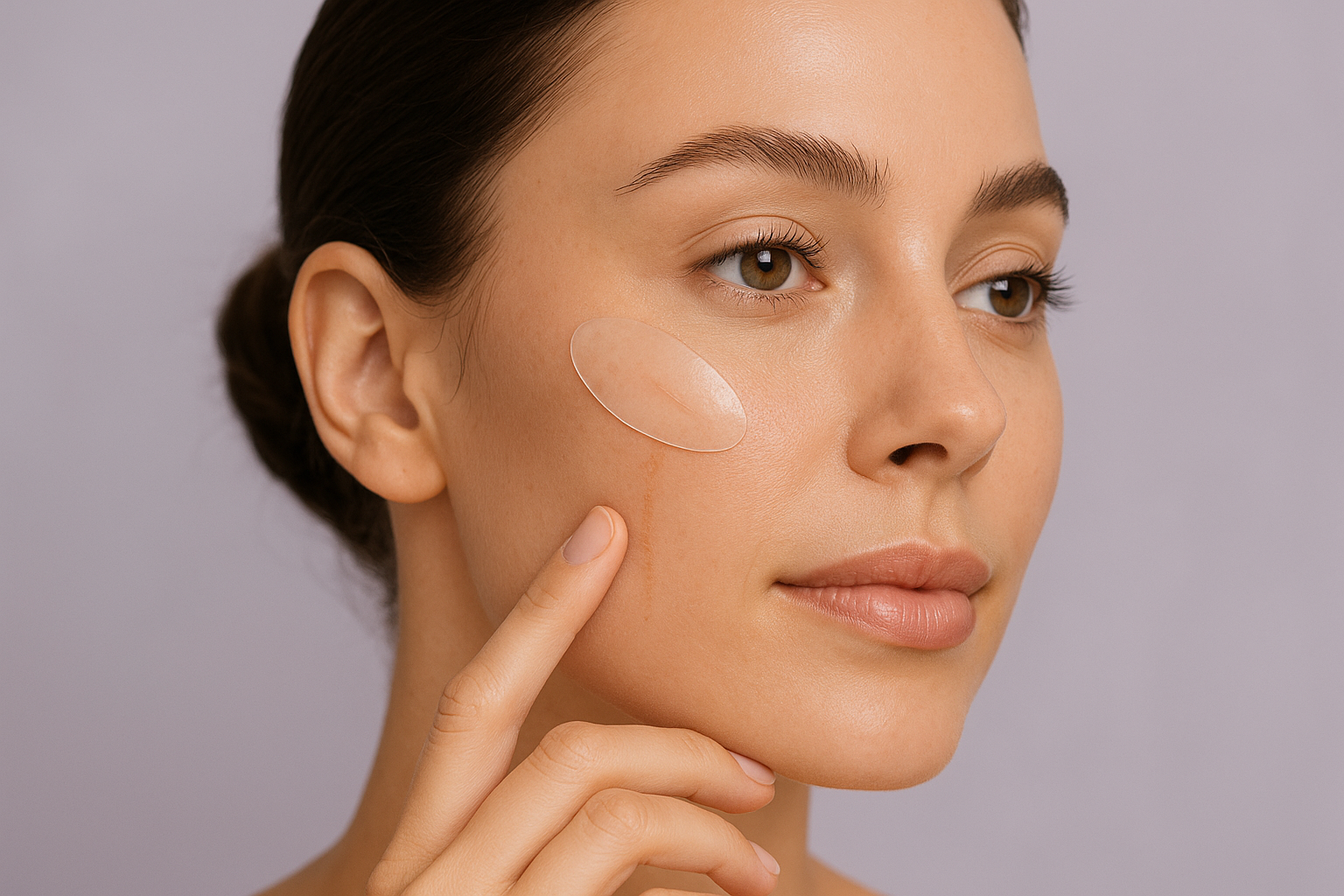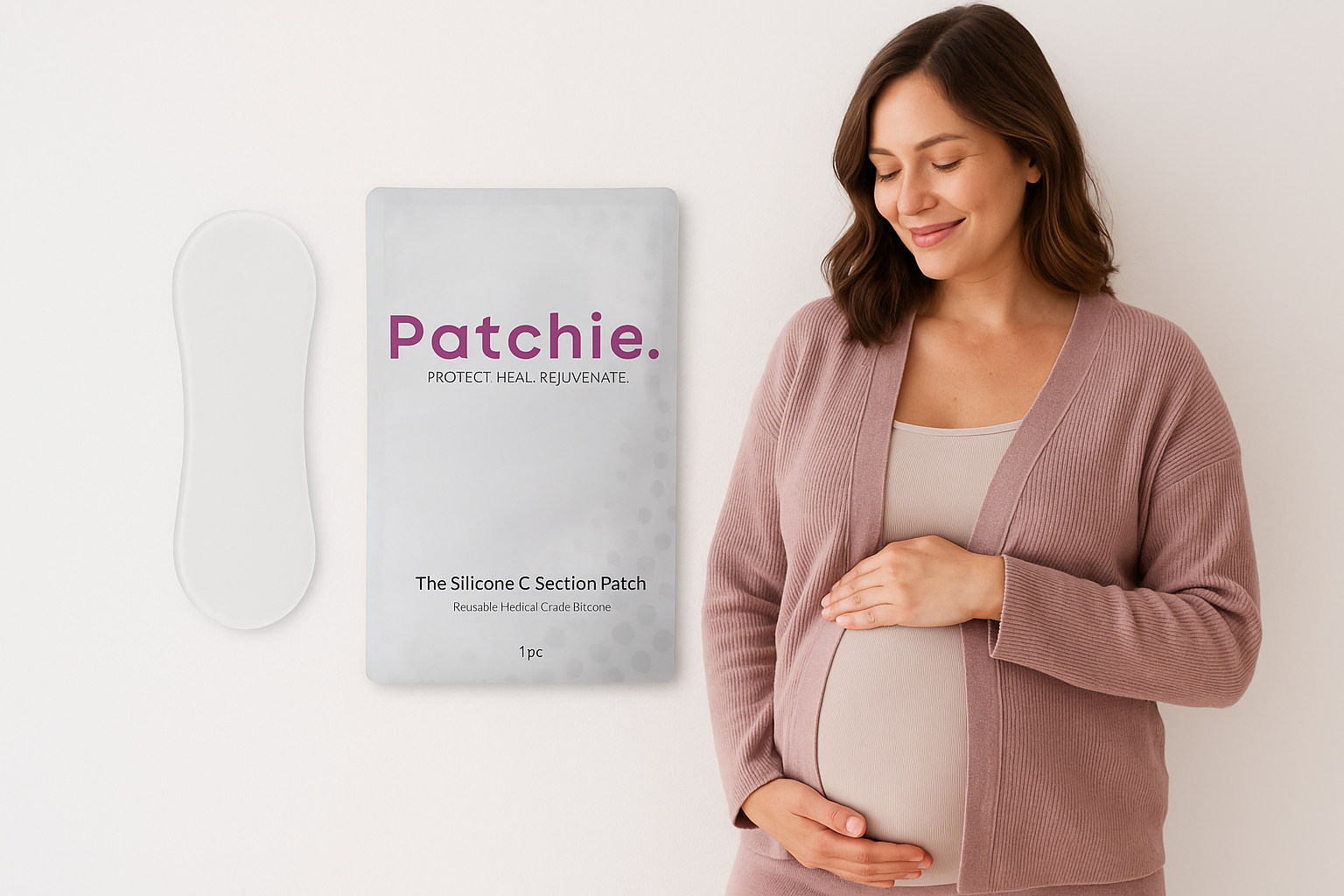Do Silicone Patches Work on Old Scars? A Complete Guide

Scars tell stories. Whether from acne, surgery, pregnancy, or an accident, they are reminders of what our skin has been through. But while scars are natural, many people would like them to fade—or at least become less noticeable. That’s where silicone patches come in. Medical-grade silicone has been used by doctors and plastic surgeons for decades to support scar recovery. But a common question remains: do silicone patches work on old scars, or are they only effective on fresh ones? The answer is encouraging. Clinical evidence shows that silicone patches can improve the appearance of both new and old scars by softening their texture, flattening raised areas, and reducing redness or discoloration over time. Here’s how it works and what you need to know.
How Silicone Patches Work on Scars
Silicone patches function through a process called occlusion. When placed on the skin, the silicone creates a breathable yet protective barrier. This barrier locks in moisture, preventing water loss and creating the ideal environment for skin regeneration. Moist, hydrated skin is better able to remodel collagen—the protein responsible for scar structure. Over time, this process can flatten raised scars by reducing excess collagen buildup, soften and smooth texture making scars less noticeable to the touch, improve pigmentation by helping scars blend in more with surrounding skin, and relieve itching or discomfort, which is often reported with hypertrophic or keloid scars. Silicone patches don’t “erase” scars completely, but they are clinically proven to make them less visible and more comfortable.
Do They Work on Old Scars?
Yes—silicone patches can help improve the appearance of old scars, even those formed years ago. While they are most effective on newer scars (because collagen remodeling is more active in the early healing stage), studies have shown that consistent silicone therapy can still soften and flatten older scars. The key is consistent, long-term use. For old scars, you may need to wear silicone patches daily for several months to notice significant changes. Each patch is reusable, making it an easy, low-effort addition to your skincare routine.
Silicone Patches and Acne Scars
Not all acne scars are the same, and results depend on the type of scarring. Raised acne scars (hypertrophic or keloid) respond best to silicone patches. The occlusive environment helps reduce excess collagen, flattening and softening the scar tissue. Pigmented acne scars (dark marks or red spots) may lighten slightly with silicone use due to improved hydration and skin renewal, but other treatments such as gentle exfoliation or brightening serums may also be needed. Indented acne scars (icepick or boxcar scars) are less responsive to silicone patches since these scars result from lost tissue rather than excess. While silicone can help improve texture slightly, other treatments like microneedling or laser resurfacing may be more effective. In short, silicone patches are excellent for raised acne scars but may only provide subtle improvements for indented scars.
What Types of Scars Do Silicone Patches Help With?
Silicone patches are versatile and can be used on a wide range of scars, including surgical scars such as C-sections, appendectomy, or cosmetic surgery, pregnancy-related scars including C-section or stretch marks to some degree, accidental cuts, burns, or injuries, hypertrophic and keloid scars, and raised acne scars. They are safe for use on both adults and children, as silicone is non-toxic, hypoallergenic, and widely recognized as safe for sensitive skin.
Why Silicone Is the Gold Standard in Scar Care
Silicone patches have remained the most recommended non-invasive scar treatment by dermatologists and plastic surgeons worldwide for several reasons. They are clinically backed, with multiple studies confirming their effectiveness on both new and old scars. They are non-invasive, requiring no needles, harsh chemicals, or downtime. They are safe for pregnancy and sensitive skin, since medical-grade silicone is gentle and contains no active ingredients absorbed by the body. They are reusable and cost-effective, as unlike creams that need constant reapplication, silicone patches can be reused up to three weeks each. Finally, they are convenient: you can wear them overnight, during the day, or under clothing—no mess, no residue.
How to Use Silicone Patches for Best Results
To maximize results on old scars, consistency is everything. Here are some practical tips: clean and dry the area before applying your silicone patch, wear it for 8–12 hours daily (many people prefer overnight use; for deeper or older scars, longer wear can be more effective), reuse each patch until it loses adhesion (around 2–3 weeks), continue treatment for several months since improvements are gradual especially with old scars, and pair with patience—visible results may take 8–12 weeks or longer, but many users report noticeable softening and fading with persistent use.
The Emotional Side of Scarring
Beyond the physical, scars often carry emotional weight. Many people with visible scars—whether from acne, surgery, or accidents—report feeling self-conscious or even anxious about their appearance. While scars are a natural part of healing, wanting them to fade is equally valid. Silicone patches offer a gentle, proven way to take control of scar care without harsh or invasive procedures. Even if your scars are years old, consistent use can help soften their presence and boost your confidence.
Final Thoughts
So, do silicone patches work on old scars? Yes—especially on raised or textured scars. While results may be slower than with new scars, consistent use of medical-grade silicone patches has been clinically shown to improve the appearance, texture, and comfort of scars of all ages. For acne scars, silicone is particularly effective on raised types, but less so on indented ones. And when it comes to surgical or injury-related scars, silicone patches remain the first-line, non-invasive option recommended by experts worldwide. At the end of the day, silicone patches are safe, easy, and effective—making them one of the best long-term investments for anyone looking to soften the reminders that scars leave behind.


